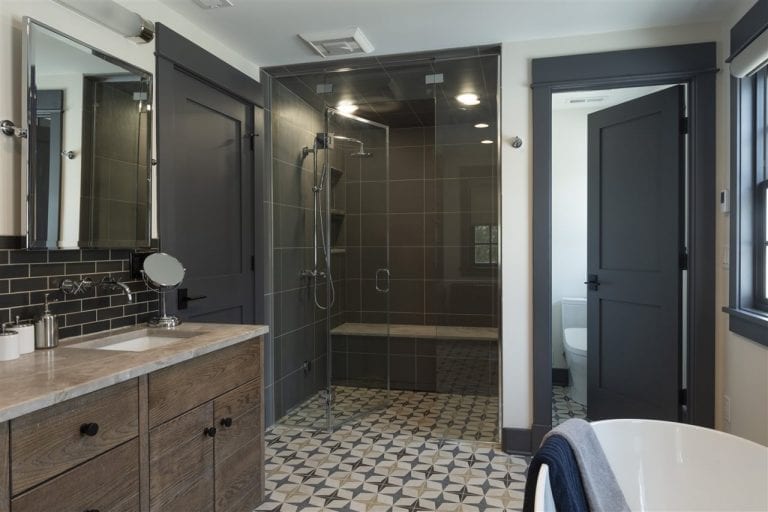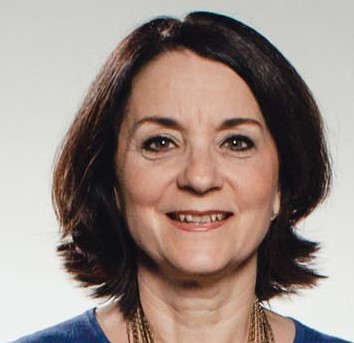When was the last time you had a good night’s sleep?
For many, sleep doesn’t come easy. Up to 70 million Americans suffer from sleep disorders, such as obstructive sleep apnea, insomnia, narcolepsy and restless legs syndrome. Nights are spent staring at the walls as insomnia takes control, or frequently waking from snoring or gasping for air due to untreated obstructive sleep apnea. Fortunately, achieving the recommended seven hours of healthy sleep and managing a sleep disorder is possible with help.
“Sleep should be a restorative experience, but sleep disorders are notorious for robbing us of that nightly pleasure,” said Patti Van Landingham, chair of the American Alliance for Healthy Sleep (AAHS). “Whether recently diagnosed with a sleep disorder, such as obstructive sleep apnea, or just noticing warning signs, such as snoring, choking during sleep or fatigue and daytime sleepiness, people need to seek support so that they can experience the joy of sleep again.”
However, where do you start and what resources are available? The AAHS, a patient-focused membership organization made up of health care providers and patients with sleep disorders, shares the following three tips to manage your sleep better:
Talk to your doctor – As a society, we often deprioritize sleep issues despite a patient’s need to address a lack of sleep. Many patients do not proactively talk to their primary care physician about their sleep during routine exams, mainly due to a perceived high cost of treatment. By asking the right questions or finding an accredited sleep center for testing and consultation, you’re one step closer to a good night’s sleep. A sleep physician can help outline a treatment strategy that can last a lifetime, helping you take back control and reduce the cycle of the frustration of losing valuable sleep.
Connect with others – Another way to improve quality of life if you suffer from a sleep disorder is to identify a one-on-one peer support group. Mentorship provides long-term support to patients who are newly diagnosed by connecting them to patients who have experience managing their sleep disorders. Patient mentor programs, such as the one offered by the AAHS, allow experienced patients to share their stories and use their firsthand experience to help guide others. For example, a newly diagnosed narcolepsy or sleep apnea patient is connected with an individual who was diagnosed with the same disorder at least two years prior and is managing his or her sleep disorder with an evidence-based treatment option. The result is a support system that offers encouragement and a new perspective on sleep at a peer level.
Stay up to date – It’s an exciting time in the sleep field, and advancements are on the horizon. From new sleep monitoring technology and more comfortable positive airway pressure machines, researchers continue to focus on new ways to provide high-quality patient-centered care. By joining together, patients and their family members can learn more about healthy sleep, access exclusive news affecting the sleep community and ultimately be a part of a collaborative discussion that furthers the success of the sleep disorders community. Together you can advocate for increased and improved care for patients and rally for more significant research funding to improve the understanding and treatment of sleep disorders. To learn more about improving your life through healthy sleep, visit www.sleepallies.org. BPT







